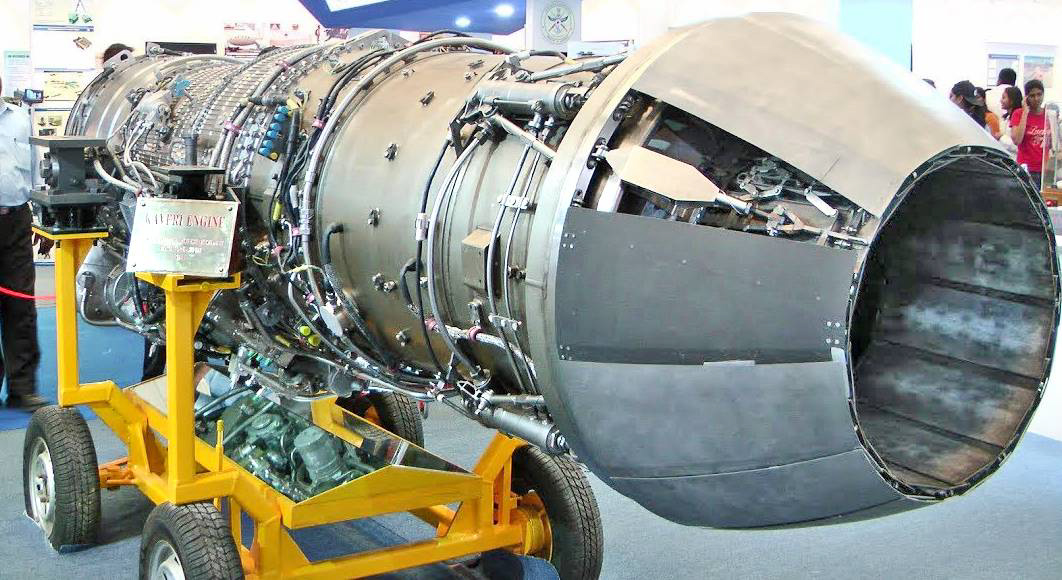
Indigenous kaveri derivative for Ghatak UCAV!
Latest Thread

Can turbojets be converted to turboshafts? How does this work in this case?
Can turbojets be converted to turboshafts? How does this work in this case?
Damn single crystal blades
Damn single crystal blades
I think now we're close in developing our engine but this needs redesigning of kaveri engine
@Cabatli_53 @adenl @anmdt @Test7 @Zapper @Combat-Master @FalconSlayersDFI
Damn single crystal blades
I think now we're close in developing our engine but this needs redesigning of kaveri engine
@Cabatli_53 @adenl @anmdt @Test7 @Zapper @Combat-Master @FalconSlayersDFI
Thought India had already developed this capability with kaveri engine. They could get slot more power out of kaveri engine with single crystal blades and ceramic coatings
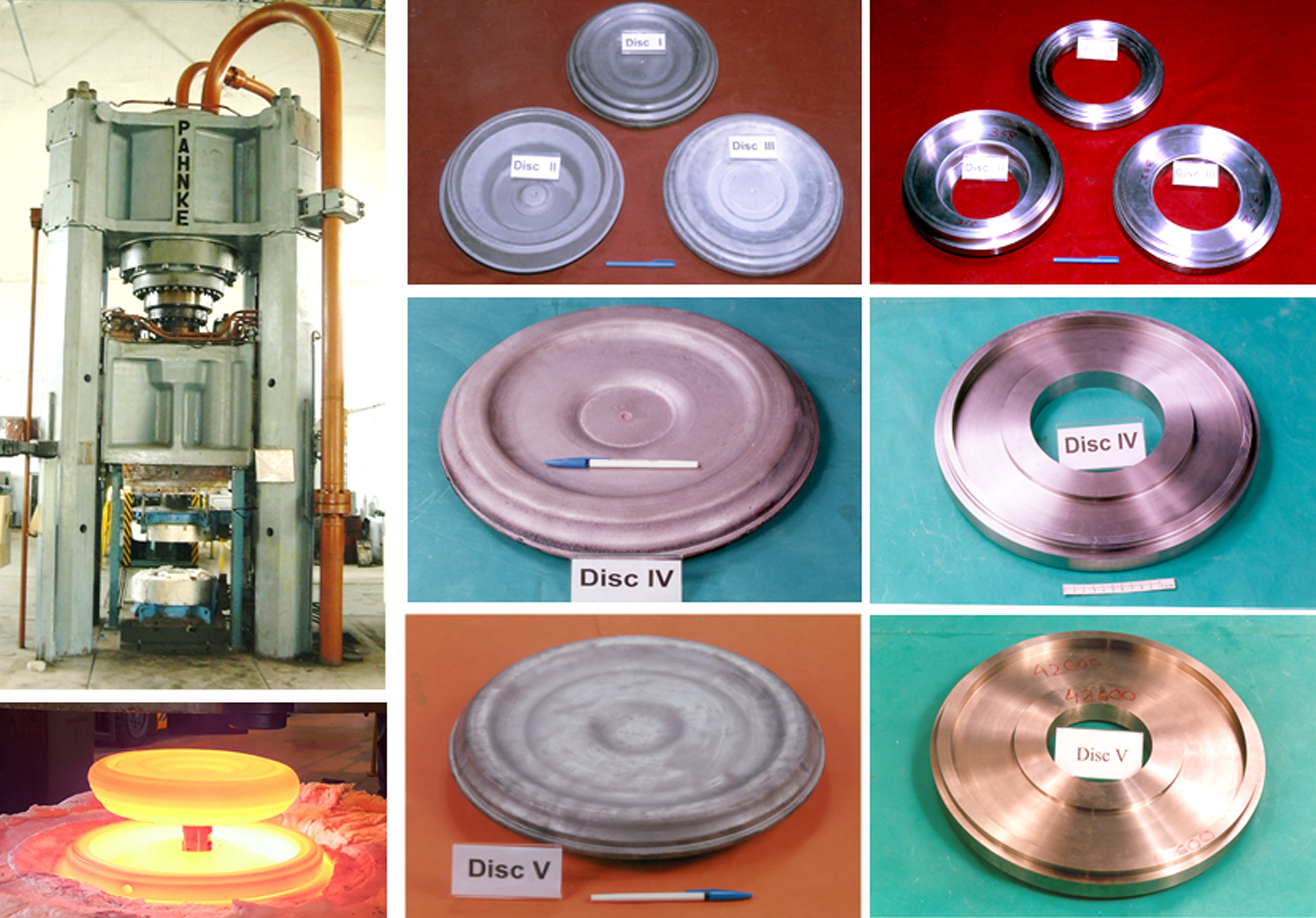

Something odd, how can PTAE-7 power the CATS Warrior if it is made for a single use target drone? Does the upgraded compressor allow this?
And another question, are turbojets engines scalable below a certain size? Could you in theory scale up a 1kn engine to a 3kn engine?

Thanks for the pdf.
Here is Dr. K. Ramachandra's biodata. He was the director of the GTRE sometime back & was actively involved with both the Kaveri, KMGT & the Manik engine development work. Here is how he describes his work in the past few years:
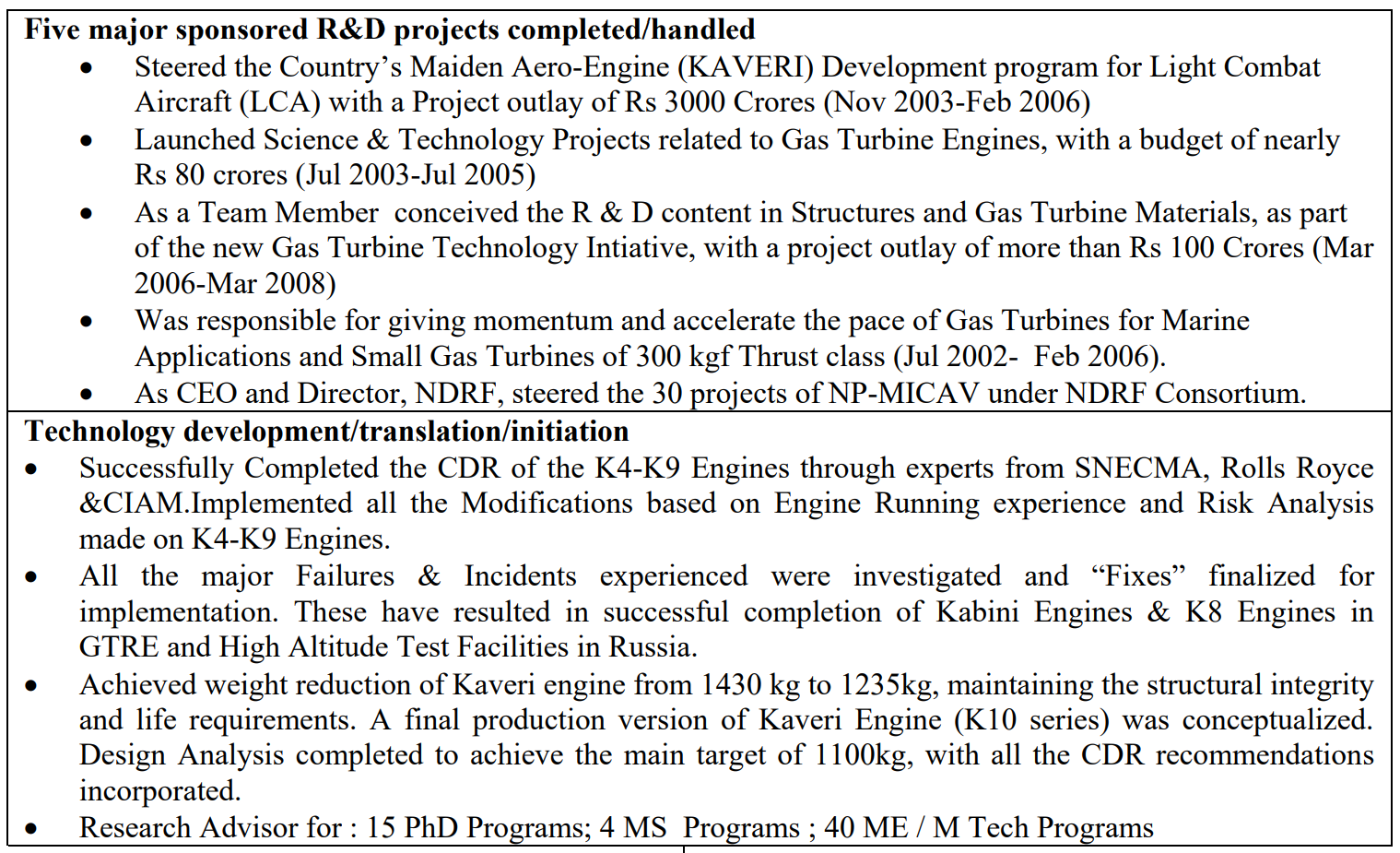
Dr. K. Ramachandra is still involved with the GTRE & is working on the following projects :
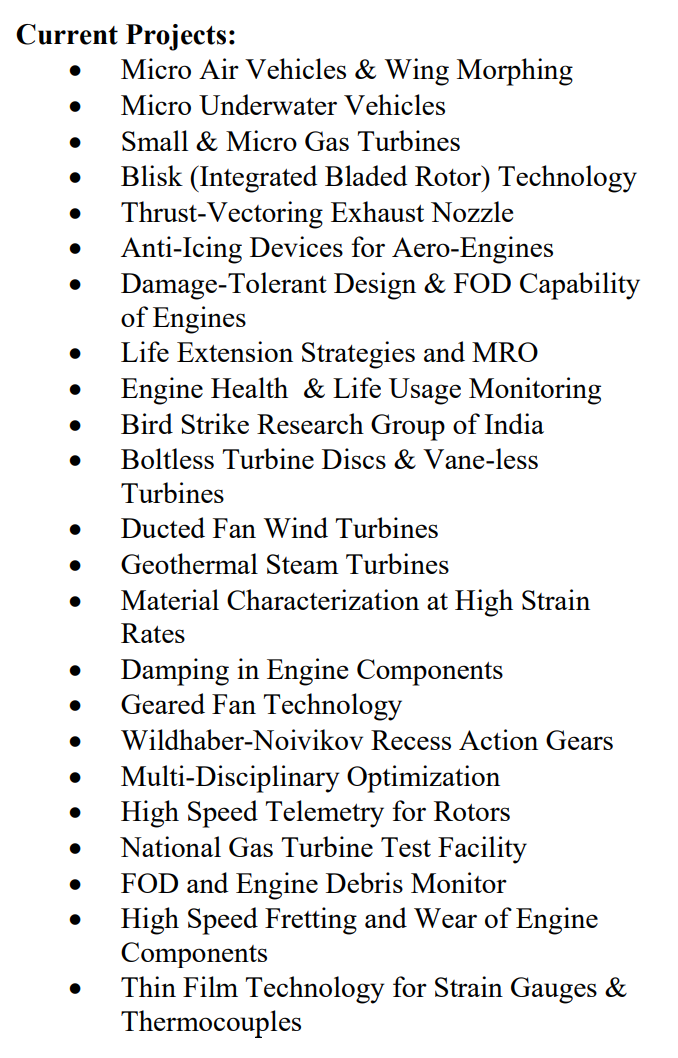
A lot of the projects shown above are targeting operationalization of the K9 standard engine for example the FOD monitor, damping engine components etc. Other projects are mostly meant for the K10 engine like the boltless disks, vaneless turbines, BILSK, anti-icing, thrust vectoring nozzle etc.
We have seen some of the prototypes already. Here is the 100% 3D printed anti-icing nose cap for the K10 engine :

HAL is going for 3D printed blades, disks, HP & LP turbines, HP & LP compressor of the HTFE-25. GTRE has followed suit by 3D printing many components of the Manik engine. It is likely that GTRE would 3D print the HO compressor of the K10 engine.

DMRL with the help of HAL has re-designed their single crystal blades with intricate cooling channels. Previous generations of DMRL's single crystal blades often could not be used for improper design of cooling channels. The K10 is likely to see the use of single crystal blades made out of DMRL's DMS4 nickel based superalloy. Single crystal blades & vanes made from the DMS4 alloy have been tested on the Su-30MKI's AL-31FP engines:

DMRL has recently put out a tender to start manufacturing the blades, the blade design is given below. Notice the many holes for passing the coolant:

The K9 engine uses the Yttria Stabilized cubic Zirconia (YSZ) based Thermal Barrier Coating (TBC). The theoretical maximum temperature at which YSZ based TBC can survive against a CMAS attack is 1450 deg C. The TET of the K9 is ~1430 deg C. This is the best we can do YSZ. Our coating, nano-material synthesis methods for YSZ are on par if not better than the global standard. Many of the private companies that supply equipment & materials for coating YSZ to GTRE also supply to many global engine OEMs & recently to NASA:
Thermal Spray Coatings From India Of Interest To NASA | A&A Thermal Spray Coatings
Every material has a limit to its performance & we have reached the limit of YSZ with the K9 engine. Thus the need for a better TBC came to be. DMRL in the past few years have started working on a bi-layer TBC. Basically they will apply a coat of Lanthanum Zirconate (LZ) over the presently used YSZ. Both the layers together is called the bi-layer TBC.
DMRL has used the AL-31FP engine to test the endurance of the new bi-layer TBC. The results were promising. The AL-31FP has become the test bed for all new jet engine technology.
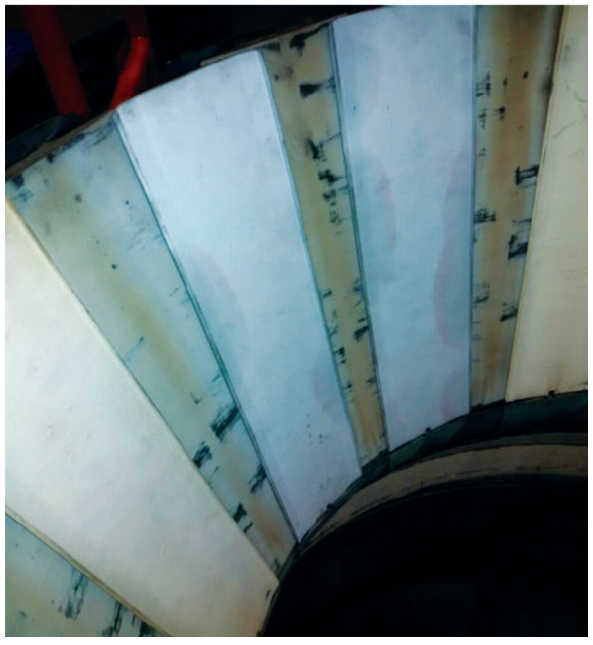

In the recent years research publications on YSZ & LZ TBC is booming. Some examples:
ShieldSquare Captcha
(PDF) Effectiveness of lanthanum zirconate and Yttria stabilised zirconia freestanding APS thermal barrier coatings against natural CMAS attack at high temperatures
(PDF) Study on thermal, mechanical, microstructural properties and failure analyses of lanthanum zirconate based thermal barrier coatings: A review
https://www.researchgate.net/profil...-THz-TDS-measurements-A-comparative-study.pdf
https://www.researchgate.net/profil...-natural-CMAS-attack-at-high-temperatures.pdf
Additive laser deposition of YSZ on Ni base superalloy for thermal barrier application
Collating what we know of the K10 engine so far the specs they are targeting for are as follows:
Dimensions: L=3.49m, D=0.9m (same as K9)
Dry weight: 1100 kg (down from 1235 kg)
LP compressor pressure ratio: 4:1 (up from 3.4:1)
HP compressor pressure ratio: 6.75:1 (up from 6.4:1)
Overall pressure ratio: 27:1 (up from 21.76:1)
Maximum Thrust: Dry= 57-58 kN, Wet= 88-90 kN [my guess]
Thrust to Weight ratio: Dry= 5.38:1 (up from 4.29:1) Wet= 8.29:1 (up from 7.8:1) [my calculation based on the guess]
Turbine Entry Temperature: 1550-1580 deg C (up from 1430 deg C)
Mass flow: 78 kg/s (same as K9)
Bypass ratio: 0.16:1 (same as K9)
A thrust of weigh ratio of 8.29 is pretty good, 8.5 is the benchmark for great engines. GTRE must continue improving the engine as they prepare to make the dry K9 variants for the Ghatak program.
The K8 was 1430 kg, K9 was 1235 kg & the K10 is projected to be 1100 kg. The 11th prototype, K11, would need to drop the engine's weight to less than a ton to be in the "great" category. The K11 has to integrate BLISK, increase the use of 3D printing & develop newer lighter alloys.
It makes sense to go from the K10 to the DRDO-Rolls Royce joint venture for the 110+ kN engine. Going from the 80 kN class K9 engine to a 110+ kN engine would be quite the jump.
Here you have a photo from early 2020 of the DRDO chief showcasing a model of the K10 engine to PM Modi:
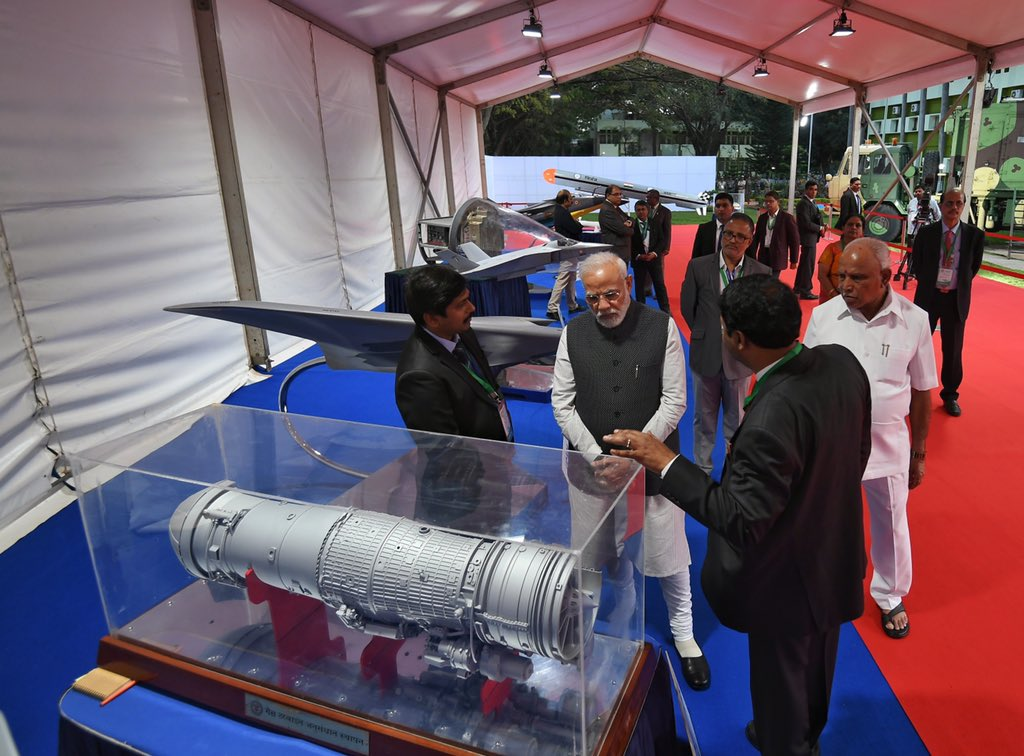
Really hope he is keeping track of this project. The Kaveri engine project should be of the stature of the IGMDP. A lot of the facilities & testing infrastructure needed cannot happen without political will.
Are you sure of that ? Last I heard the Ghatak was supposed to have a MTOW of "less than 15 tons". A high ranking DRDO official said that a few years back. "Less than 15 tons" is not very specific but at that time it seemed like the MTOW of the Ghatak would be greater than that of the Tejas.Ashwin said:
Ghatak is suppose to be 8-10 all up weight.
I don't know if that is still the case. There were some recent reports of derating the dry Kaveri from 52 kN to 46 kN for the Ghatak UCAV. The derating was supposed to bring better fuel efficiency & more range for the Ghatak. Apparently 52 kN wasn't needed for the UCAV. So either the "less than 15 ton" MTOW figure is wrong or the UCAV max speed will be in high subsonic range.
Afterburner issue remainingkaveri program issues have been resolved
@Gautam's Post from another forum brings you the details
Post in thread 'GTRE Kaveri Engine' http://www.strategicfront.org/forums/threads/gtre-kaveri-engine.93/post-188401
Post in thread 'GTRE Kaveri Engine' http://www.strategicfront.org/forums/threads/gtre-kaveri-engine.93/post-188500
Creep issues along with combustion instability and screetch issue has been resolved
@Nilgiri @Zapper @Cabatli_53 @Test7 @Nein2.0(Nomad) @MisterLike @Lonewolf @Indos @T-123456
You mean not sufficient thrust right?A
Afterburner issue remaining
Ya ,but I meant weight issues too ,hope they don't make it too heavy , if weight is controlled we might see it going into Ghatak ,and some tejasYou mean not sufficient thrust right?
They're redesigning it completely to get more thrust
